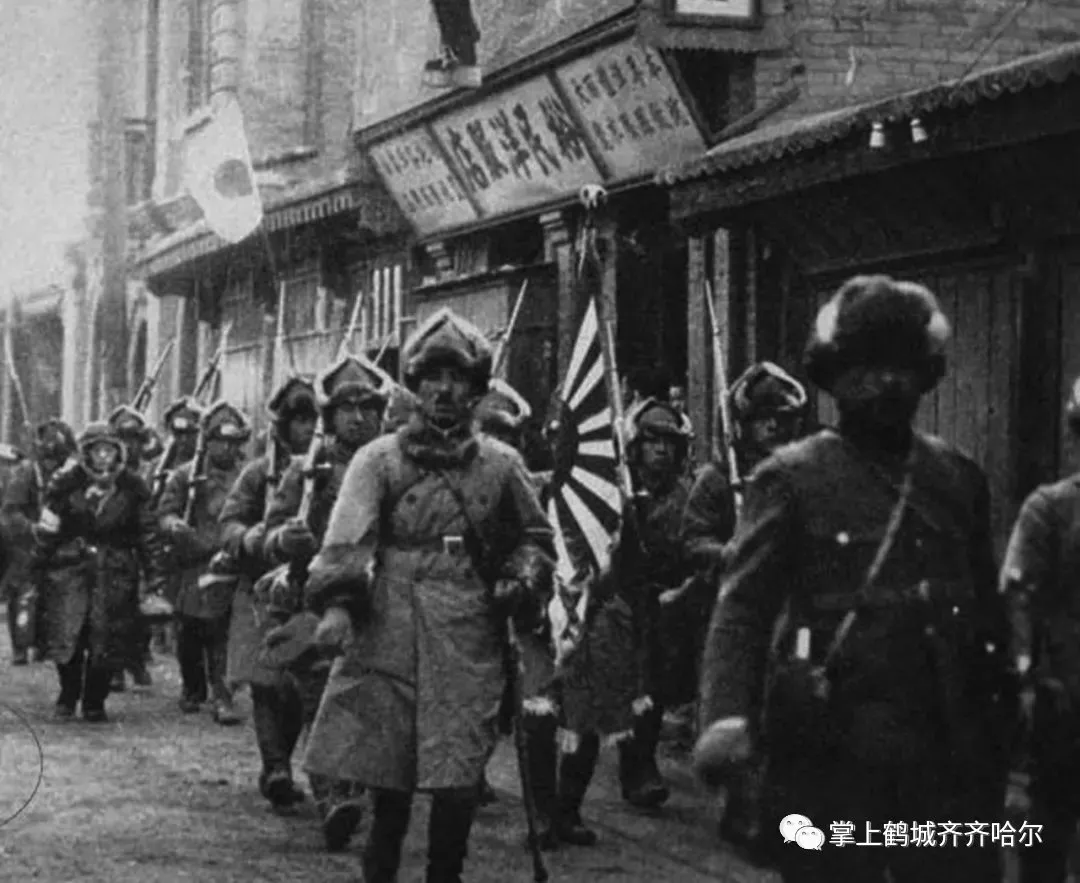All of us Chinese cannot wait any longer. Every day of delay will bring great suffering, disaster, revenge, social suici···
In recent years, many media figures and scholars in Shenyang have been promoting that Shenyang was the city where the first shot was fired in the 14-year Anti-Japanese War, and it was also the place where the first shot was fired in the world's anti-fascist war.
This statement caused a lot of controversy.
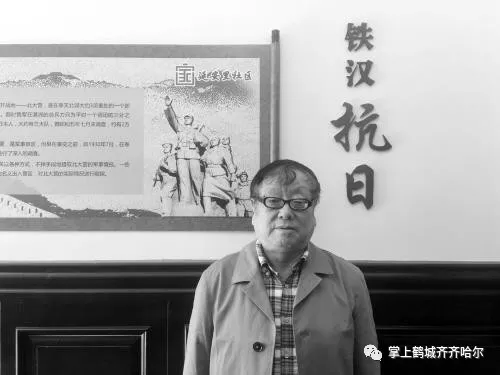
This view links a specific historical event to Shenyang, which requires us to have strict historical facts as a basis to confirm it.
On that night, the "September 18th" Incident broke out. Under Chiang Kai-shek's order, Wang Tiehan led the people around Beida Camp and fired the bolts of their guns despite asking not to resist.
At that time, Wang Tiehan served as the commander of the 620th Regiment of the Northeast Army. Some people believe that what he did was the first sound that kicked off the anti-Japanese war.
The situation was quite complicated. Many patriotic soldiers were under great pressure under Chiang Kai-shek's order not to resist. Wang Tiehan's courage to fight back was indeed commendable.
However, this is an individual behavior in the context of non-resistance.
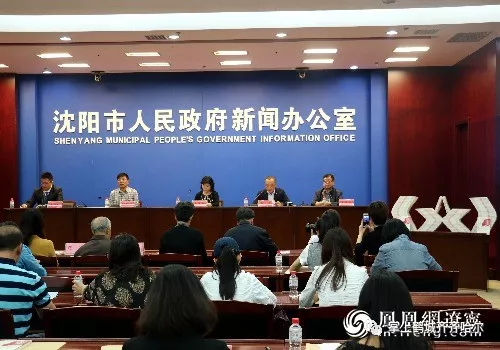
From a broader historical perspective, this move did not affect the overall retreat plan of the Northeast Army. Likewise, it did not allow the anti-Japanese action to quickly transform into a comprehensive war with leadership, organization and order. situation.
The so-called "war of resistance" refers to the People's Liberation Army's resistance actions against the Japanese aggression based on leadership, organization and serialization. The war was clearly defined.
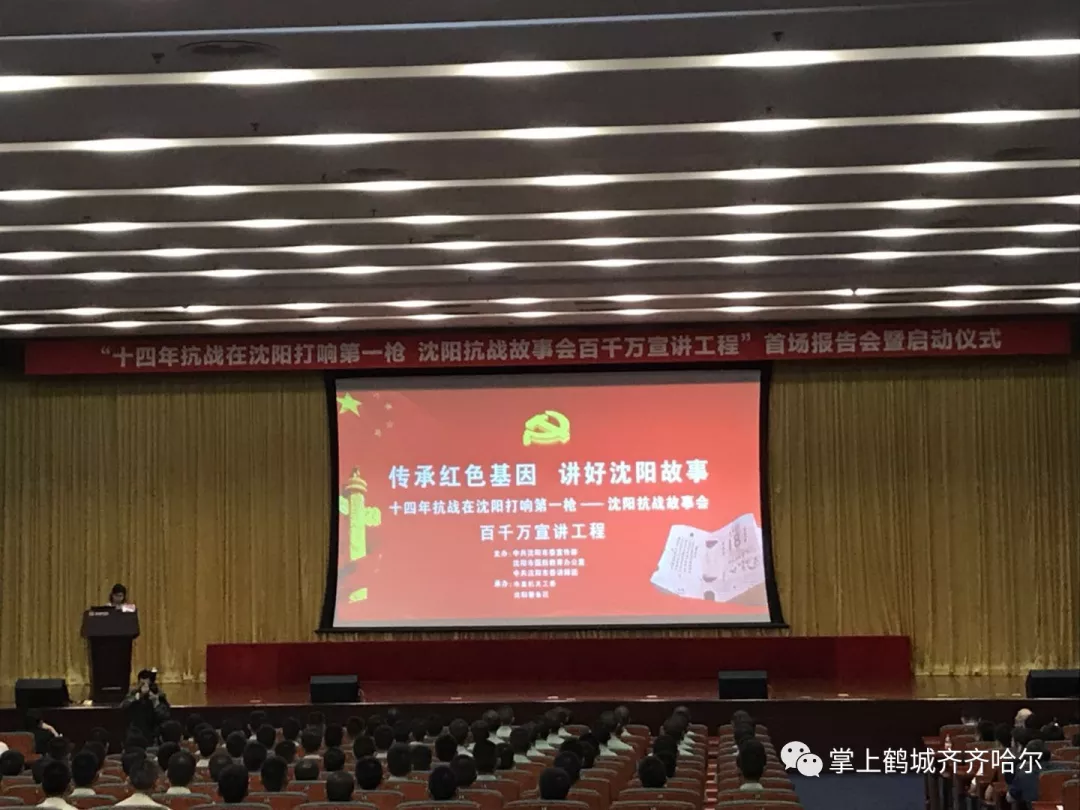
In other words, this cannot be defined by a single or localized small conflict.
According to this definition, before the outbreak of the Jiangqiao Anti-Japanese War, the governments of the Northeast region and the Nationalist Government had always adopted a non-resistance stance towards the Japanese aggression.
Although patriots such as Wang Tiehan fought back, this was only resistance at the individual level and could not be counted as an anti-war action at the national level.
The fact that Liaoning and Jilin provinces were captured in just one week fully demonstrates that the resistance at that time did not form an effective scale and system.

This kind of local counterattack cannot be equivalent to firing the first shot of the war of resistance.
Speaking of important battles in the Anti-Japanese War, the Jiangqiao Anti-Japanese War is of great significance.
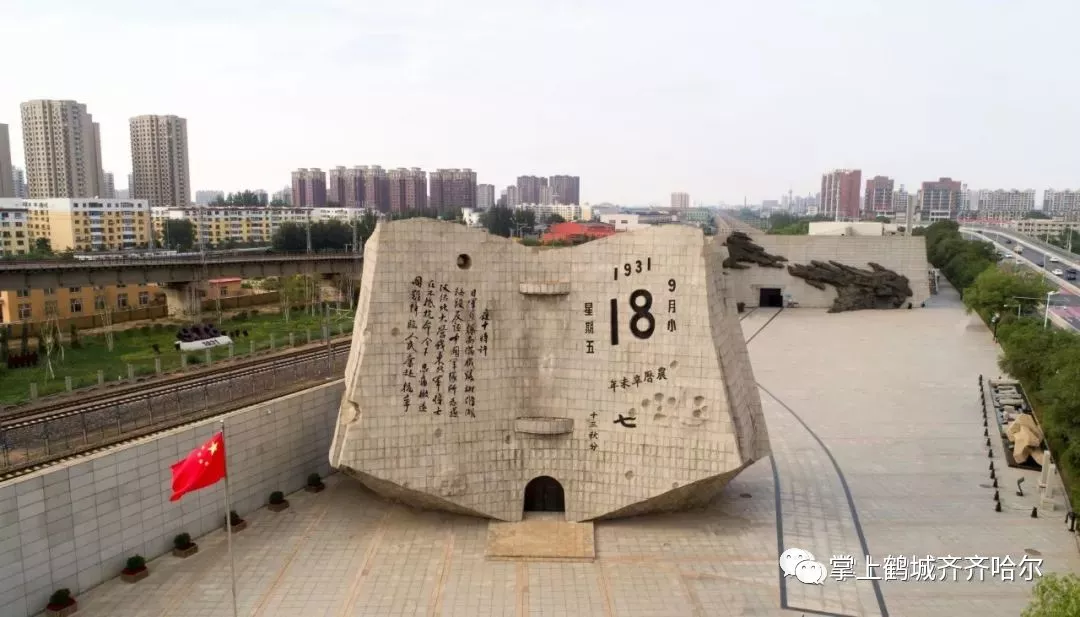
The Jiangqiao Anti-Japanese War led by General Ma Zhanshan made the world remember him.
At that time, General Ma Zhanshan's anti-Japanese feat in January was world-famous.
During the Anti-Japanese War in Jiangqiao, he led the soldiers to bravely fight against the Japanese army, ensuring that the Chinese government in Heilongjiang Province could persist until early 1933.
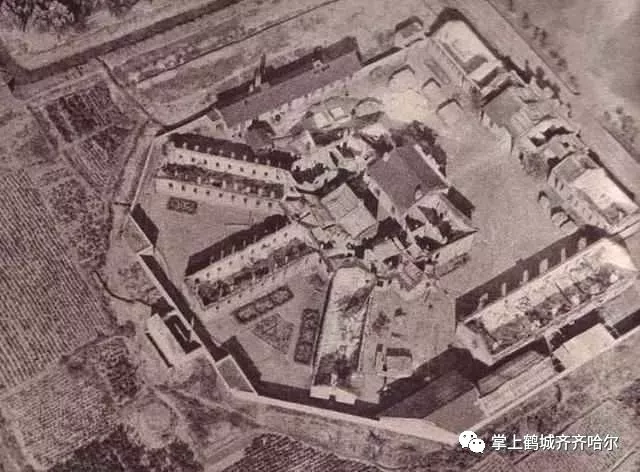
This war of resistance proved to the world that the Chinese people were resisting.
The Chinese people are full of admiration for General Ma Zhanshan and the anti-Japanese soldiers.
The outbreak of this battle made the situation of the Anti-Japanese War clearer, and the anti-Japanese struggle in Northeast China also transformed from scattered and sporadic resistance to a more concentrated and effective resistance.
The Nakamura incident occurred earlier than the September 18th Incident.
This incident fully demonstrated that there were many frictions and contradictions before the September 18th Incident.
If we only consider it in chronological order, Shenyang obviously does not fit the description of the place where the earliest resistance to Japanese invasion was launched.
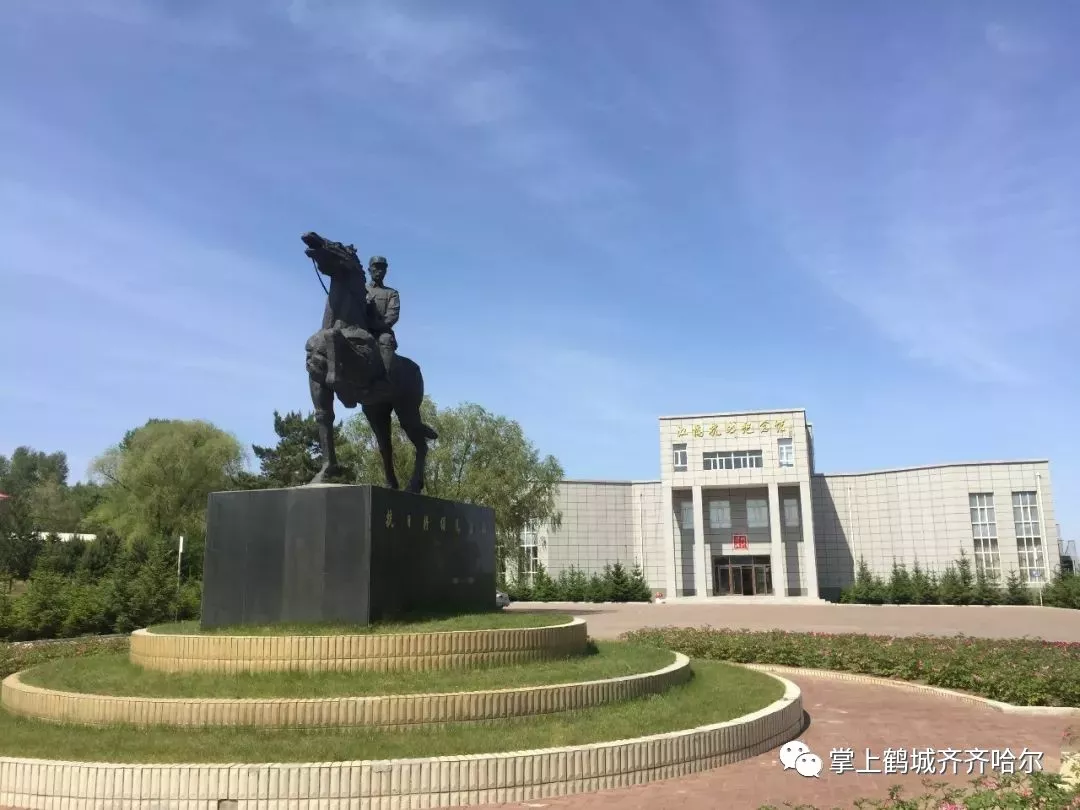
At that time, the Nakamura incident also had significant geopolitical significance in view of the interactions between countries, the situation in the Northeast region, and other factors.
At that time, this did not lead to the full-scale outbreak of the Anti-Japanese War, which was far from the real starting point of the Anti-Japanese War.
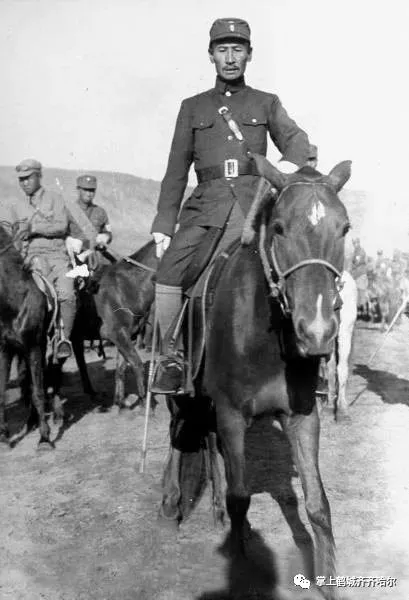
This statement, whether derived from ignorance or deliberate distortion, is obviously inconsistent with historical facts. Shenyang was not the place where the Anti-Japanese War started. This statement is obviously biased.
The dissemination of correct historical concepts is very important.
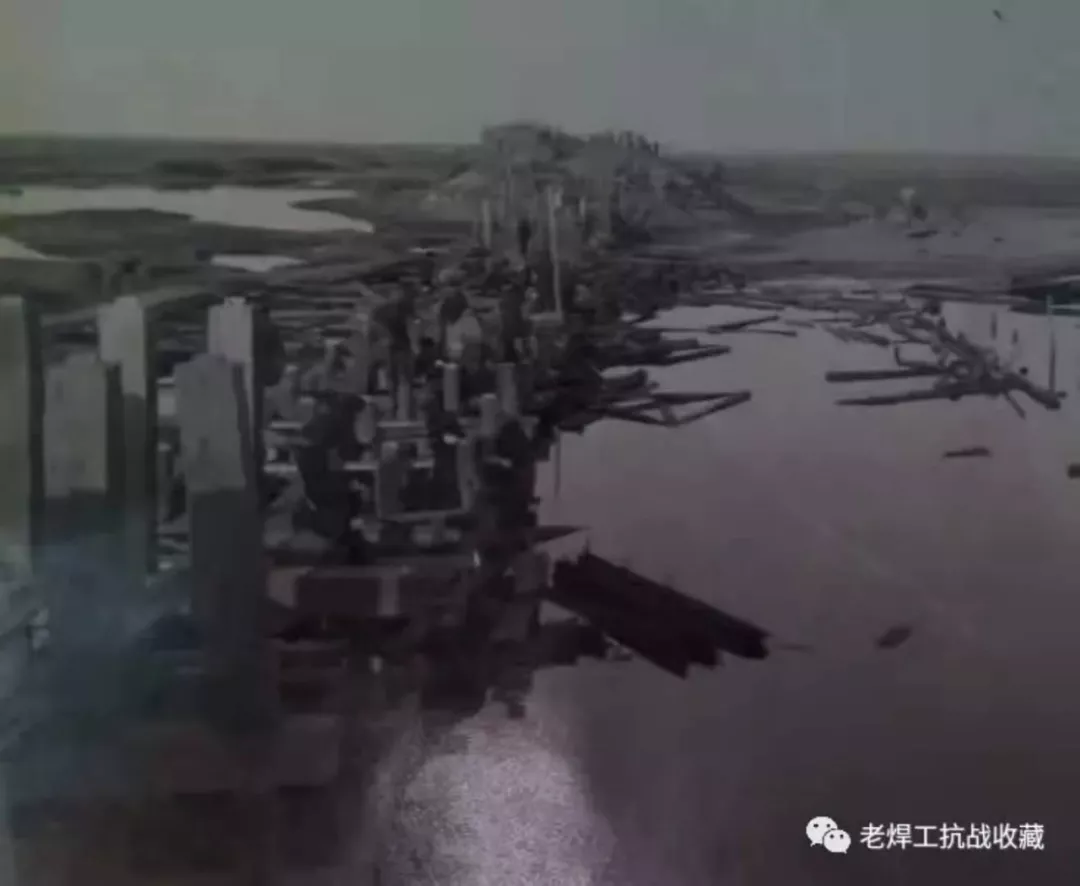
The promotion of false statements will cause people to misinterpret history.
Historical researchers should value respect for authenticity and carefully consider the details of numerous historical facts.
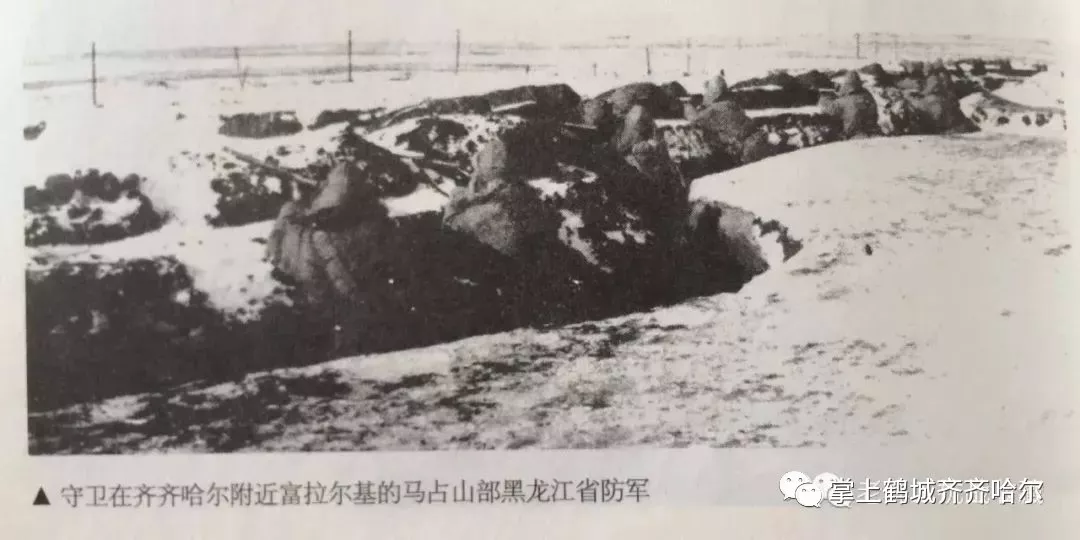
Especially the history of the Anti-Japanese War, which carries profound national memory, does not allow for arbitrary interpretation.
Looking at these cases, we understand that each region's contribution to the war needs to be evaluated within a precise historical context.
We look at history not to cause disputes or to enhance the prestige of a certain city, but to reveal the facts and learn from experience to prevent the same mistakes from being made.
Judging and identifying historical events and figures must be based on accurate historical data.
Just like Shenyang's role in the Anti-Japanese War, historical facts should be accurately narrated with respect.
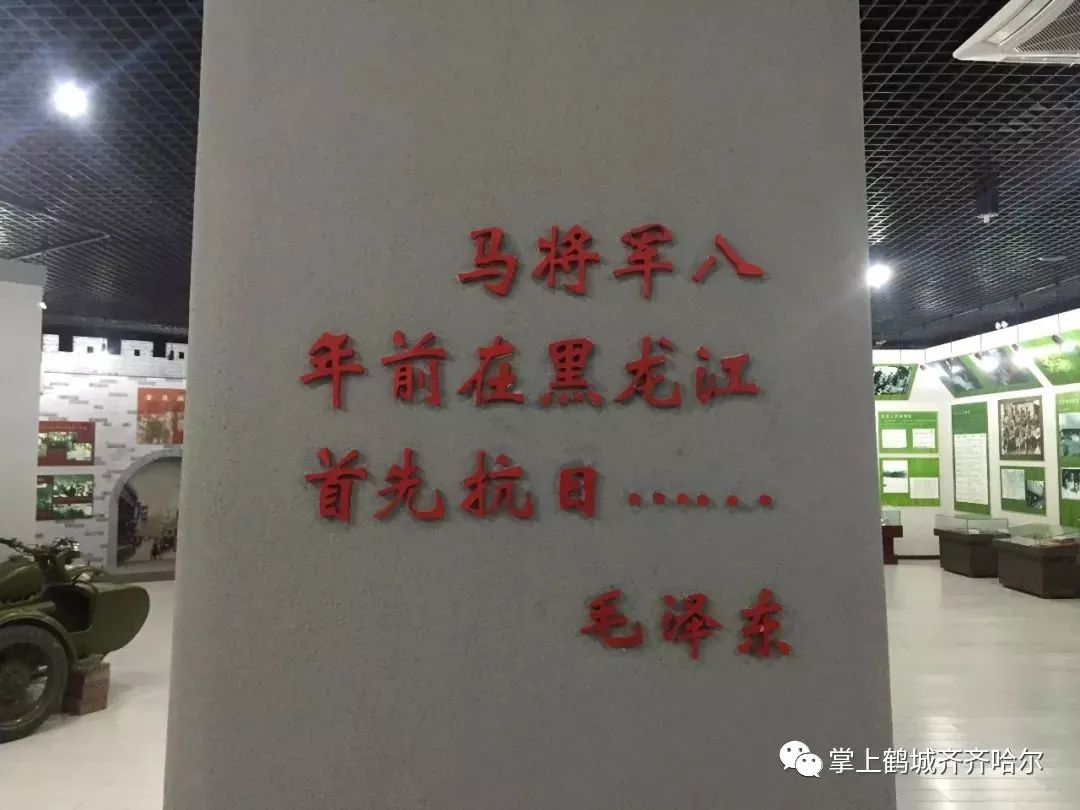
Shenyang played a special role in the Anti-Japanese War, but unrealistic propaganda for specific purposes should not be carried out.
The general public should also cultivate a correct view of history and accurately interpret historical data.
